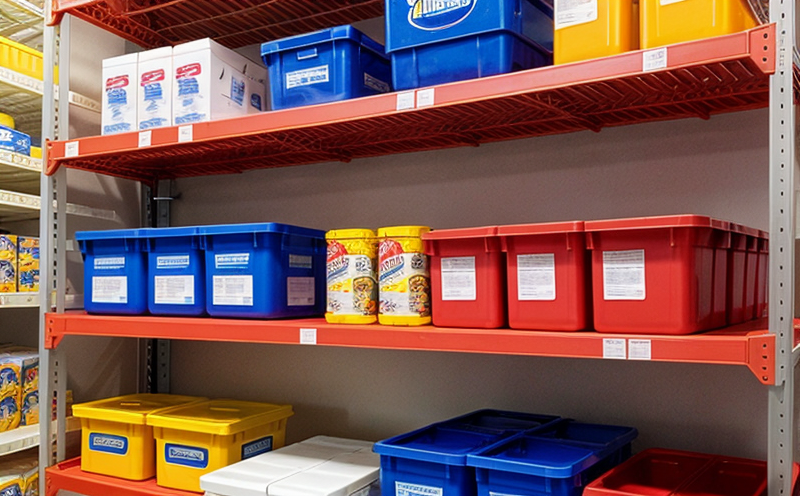ISO 21498 Moisture Stability Testing in Dried Foods
The shelf life of dried foods is highly dependent on moisture content and stability. Understanding how moisture affects the quality over time is crucial for food manufacturers, especially those dealing with products like cereals, fruit snacks, and powdered beverages. ISO 21498 provides a standardized approach to assessing the moisture stability of dried foods, ensuring that these products maintain their sensory qualities, nutritional value, and safety.
ISO 21498 outlines methodologies for determining changes in moisture content over time under various storage conditions. This testing is essential for quality managers and compliance officers who need to ensure product integrity throughout the supply chain. For R&D engineers, this test provides insights into formulation adjustments that can enhance shelf life without compromising taste or texture.
The process involves drying samples of food products to a specific moisture content level, storing them under controlled conditions for an extended period, and then re-measuring the moisture content at regular intervals. This allows for the assessment of moisture loss or gain over time. The test is particularly important for products that undergo dehydration as part of their processing.
The testing can also be used to evaluate the effectiveness of packaging materials in preventing moisture-related degradation. By understanding how moisture affects the product, manufacturers can make informed decisions about storage and distribution practices, ensuring that end-users receive products in optimal condition.
Compliance officers will find this test particularly useful for ensuring adherence to regulatory standards and industry guidelines regarding food safety and quality. The results of ISO 21498 testing provide a scientific basis for claims made on product labels about shelf life, which is critical for maintaining consumer trust and regulatory compliance.
| Parameter | Description |
|---|---|
| Initial Moisture Content | The moisture content of the sample before testing. |
| Storage Temperature and Humidity | The conditions under which samples are stored to simulate real-world scenarios. |
| Sampling Frequency | The intervals at which moisture content is measured during the test. |
| Sample Size and Replication | The number of samples tested to ensure statistical significance. |
Applied Standards
In addition to ISO 21498, other relevant standards include ISO 6878 for moisture content measurement and ISO 30156 for packaging integrity testing. These standards complement the moisture stability test by providing a comprehensive approach to ensuring food safety and quality.
The tests are designed to meet international regulatory requirements such as those set by the Food and Agriculture Organization (FAO) of the United Nations and the World Health Organization (WHO). Compliance with these standards ensures that products can be marketed globally while meeting local regulations in different countries.
Quality and Reliability Assurance
- Consistent testing protocols ensure accurate data collection.
- Use of high-precision instruments guarantees reliable results.
- Statistical analysis provides robust data interpretation.
- Regular calibration of equipment maintains test accuracy over time.
Use Cases and Application Examples
ISO 21498 moisture stability testing is widely used across various sectors, including food manufacturers, suppliers to the military and space agencies, and pet food producers. Here are some specific use cases:
- Cereal Manufacturers: Ensuring that cereals maintain their crispness and nutritional value over time.
- Powdered Beverage Producers: Verifying the stability of powdered drinks in high-humidity environments.
- Dried Fruits Sellers: Assessing how dried fruits retain their color, texture, and flavor during long-term storage.
For example, a cereal manufacturer might use this test to determine the optimal packaging material for protecting its products from moisture. By understanding how different materials affect moisture retention, they can select the best option that extends shelf life without compromising on taste or texture.





